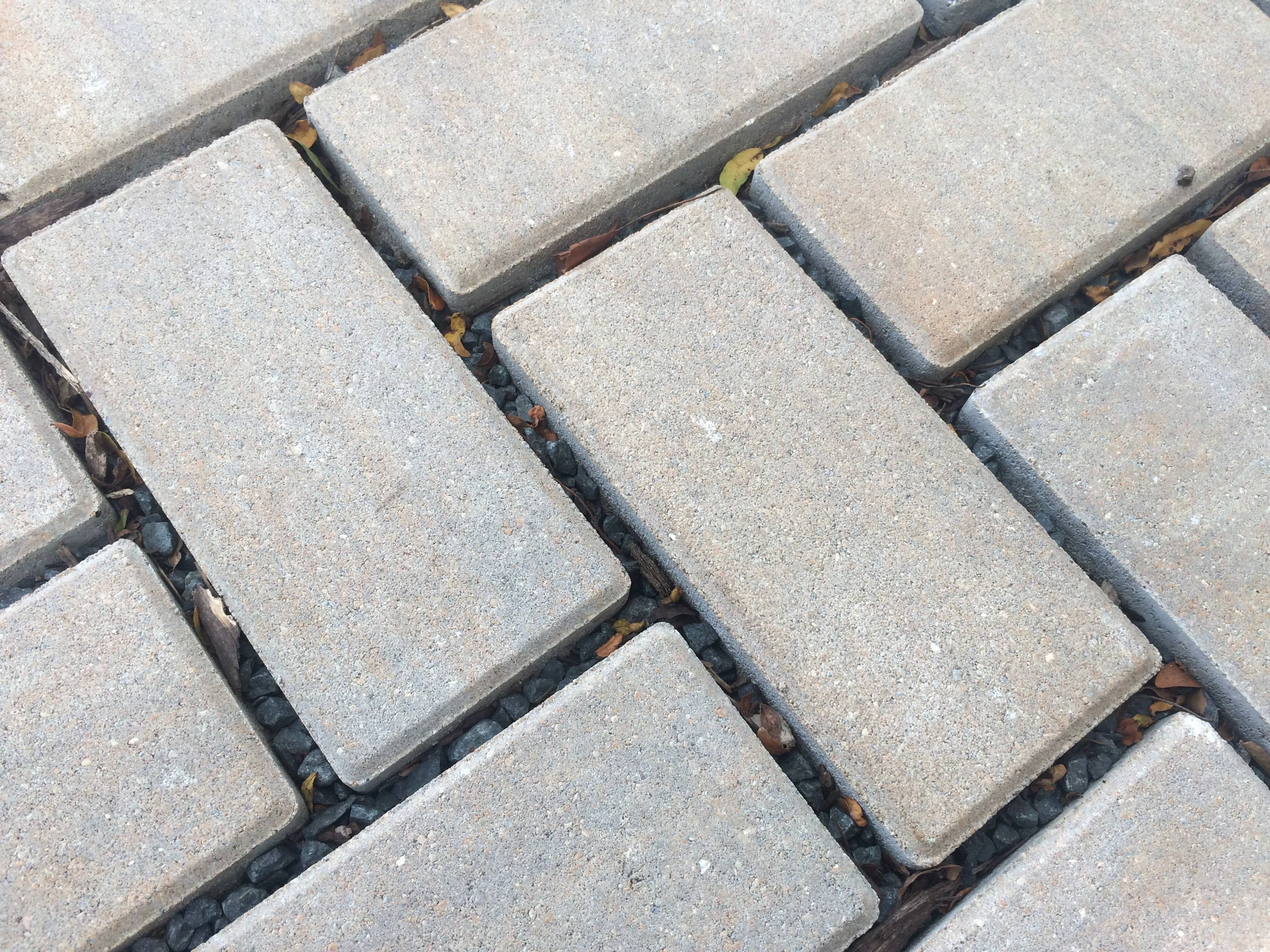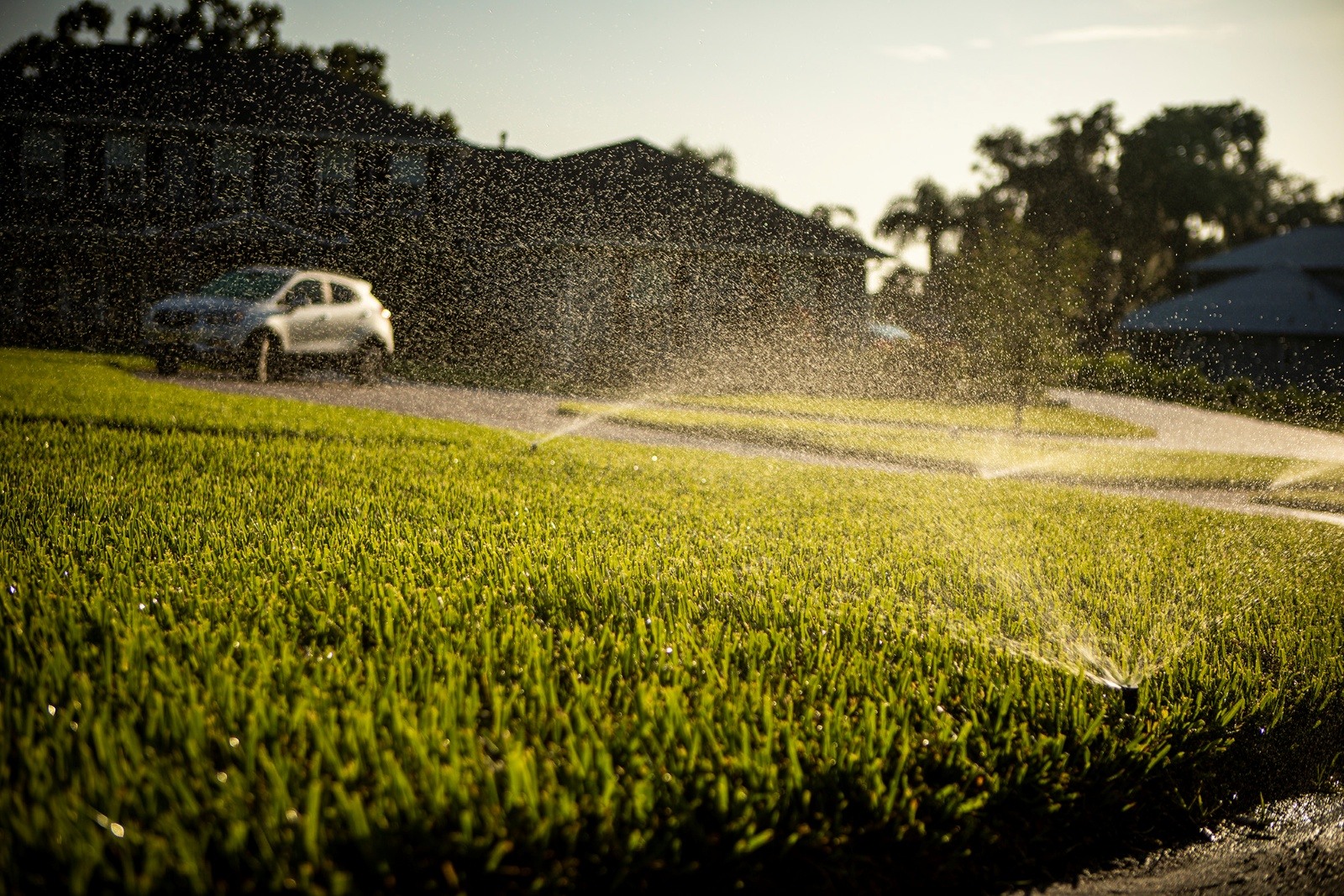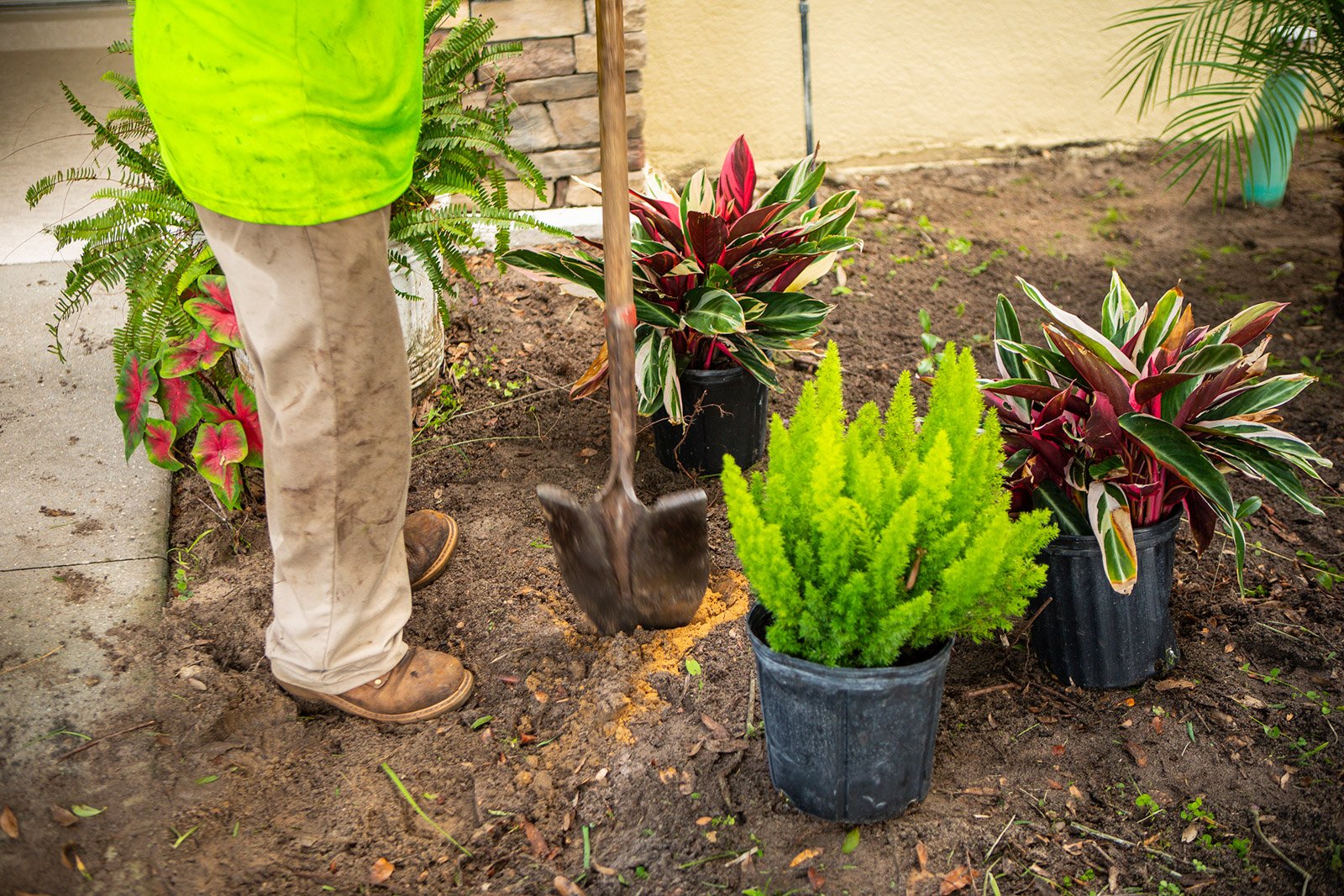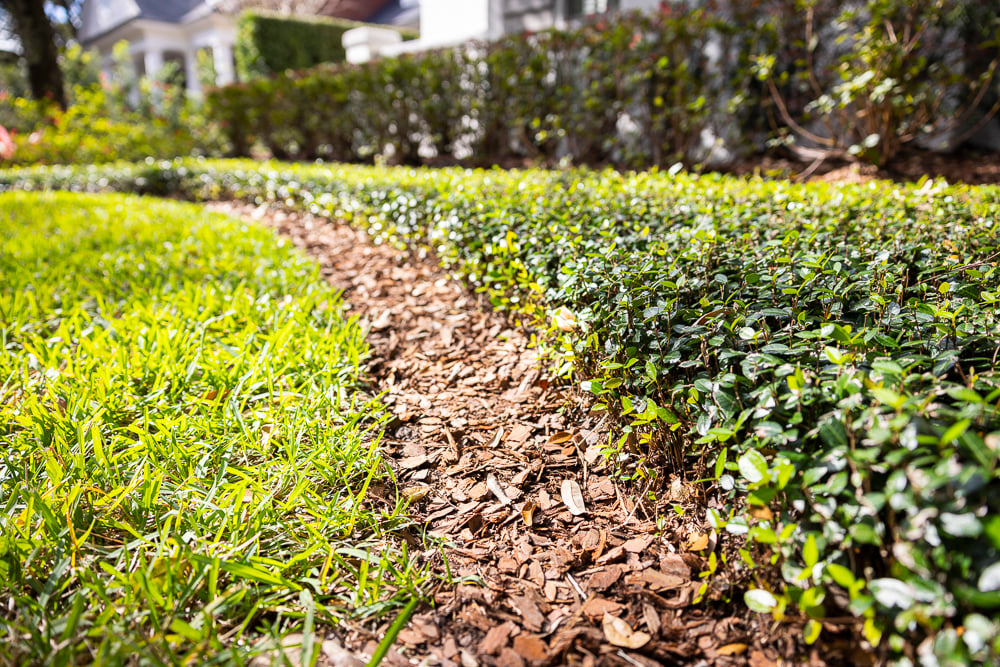Landscaping in Florida can be tricky, and here in Central Florida, especially tricky.
We’re sort of tropical, but also sort of sub-tropical. We get heat and humidity, but it can also frost. It can be 30 degrees or 110. We get torrential rains. The soil is sandy in some spots, and clay in others.
See? Tricky. What the heck are you supposed to plant?
Meanwhile, taking good care of the environment is increasingly important, from conserving water to safe fertilizing to helping wild creatures.
So wouldn’t it be great if there were some guidelines for Florida-friendly landscape design — a few steps to follow to keep you on track?
Yay, there are! Let’s take a look.
What Is Florida-Friendly Landscaping?
The landscaping choices you make don’t just affect your view from the deck — they have an impact on Florida’s land, water, and wildlife.
So the University of Florida Extension created the Florida-Friendly Landscaping™ Program, offering science-based tips on how to have healthy and beautiful landscapes that also protect Florida’s natural resources.

A Florida-friendly landscape can be designed to look the way you want, while being environmentally sustainable.
How to do it? Follow the program’s 9 Steps, along with some handy Ground Source tips:
1. Right Plant, Right Place
Choose Florida-friendly plants and grass that match your site’s soil, light, water, and climate conditions.
Buy quality plants that welcome wildlife, consider mature plant size when you make your purchase, and aim for a diversity of trees, shrubs, and groundcovers.
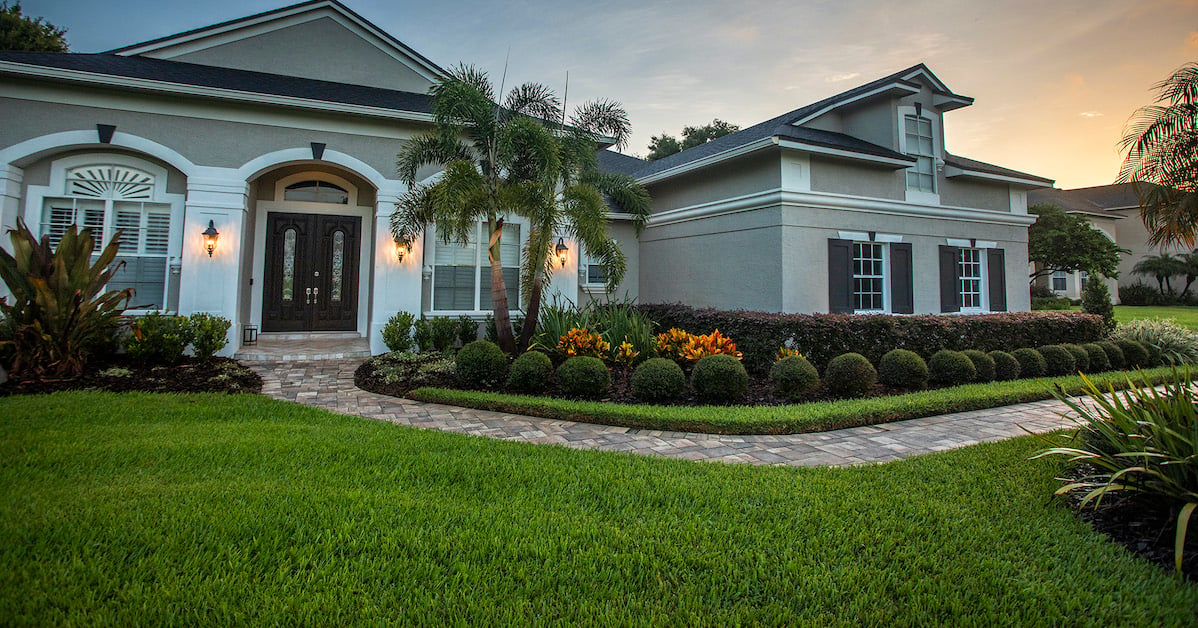 Once these plants are established, they’ll require minimal amounts of extra water, fertilizer, or pesticides, saving you time and money.
Once these plants are established, they’ll require minimal amounts of extra water, fertilizer, or pesticides, saving you time and money.
Tip: Ground Source landscape designer Eric Frisch loves these plants that thrive in Central Florida landscapes:
- Pink Muhly grass
- Lily of the Nile
- Asiatic Jasmine
- Chinese Fringe Flower
- Gold Mound Duranta
- Roebelenii date palm
- Schilling holly
Need more ideas for Florida-friendly landscape design in Central Florida? He has a million of them.
2. Water Efficiently
An efficient irrigation system conserves water and helps make sure that fertilizer and other pollutants don’t flow into water bodies.
A well-designed irrigation system uses rain shutoff devices to prevent irrigation after a rain event; waters based on the needs of the plants; uses micro-irrigation in the landscape beds; and is checked regularly for leaks and overspray.
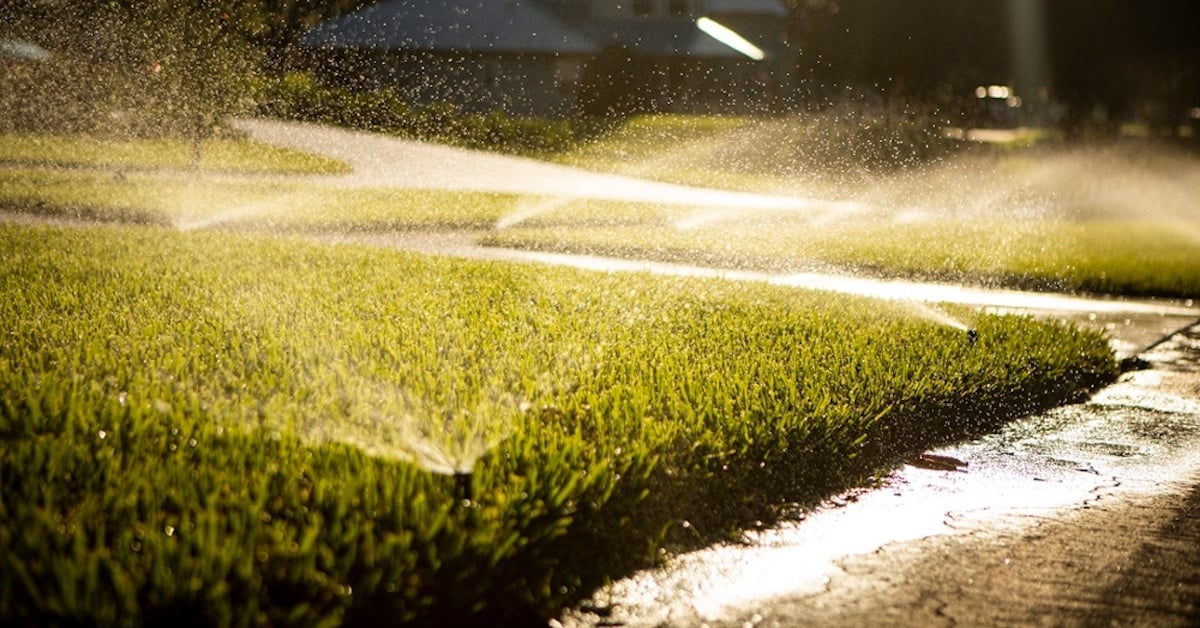 Tip: Florida-friendly landscaping means regular irrigation maintenance. Regular visits include adjustments that keep you from wasting water.
Tip: Florida-friendly landscaping means regular irrigation maintenance. Regular visits include adjustments that keep you from wasting water.
Technicians will check your rain sensors and can suggest ways to water more efficiently.
3. Fertilize Appropriately
All plants need nutrients to grow. Proper fertilization boosts growth, increases flowering or fruiting, and helps plants look their best.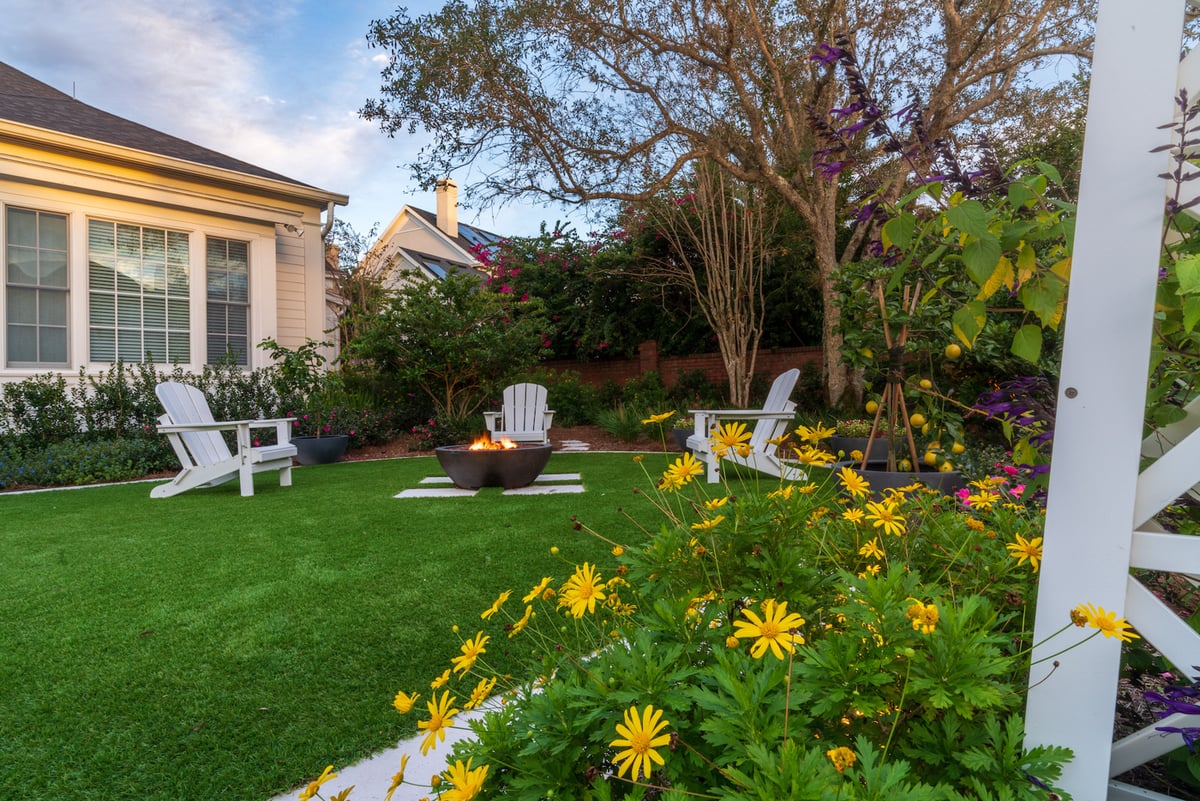 But doing it wrong can cause damage to plants and the environment, causing runoff that can pollute waterways.
But doing it wrong can cause damage to plants and the environment, causing runoff that can pollute waterways.
Tip: Always follow the fertilizer label directions. Be sure to follow any local fertilizer ordinances and ensure your landscape professional is a licensed fertilizer applicator.
4. Mulch
Everybody loves mulch. It helps retain soil moisture, protects plants, and discourages weeds. It gives your landscape a neat, rich appearance and is a great Florida-friendly landscaping choice for hard-to-mow areas and shady spots.
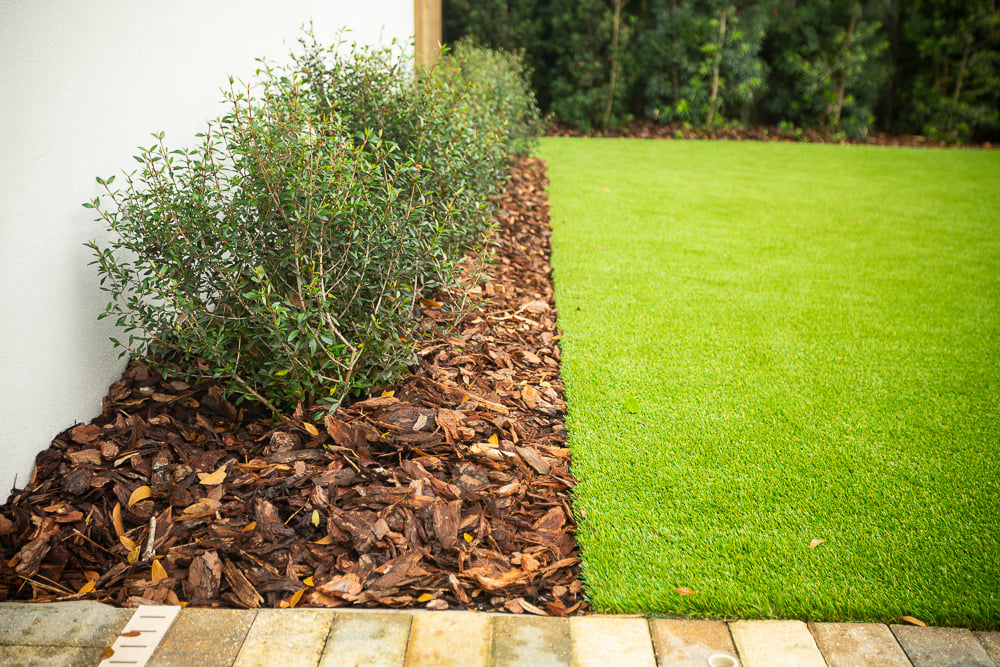 Tip: Keep a 2- to 3-inch-deep layer of mulch on plant beds. Always leave at least 2 inches of space around tree trunks to prevent rot. Avoid cypress mulch, as it may not be harvested sustainably.
Tip: Keep a 2- to 3-inch-deep layer of mulch on plant beds. Always leave at least 2 inches of space around tree trunks to prevent rot. Avoid cypress mulch, as it may not be harvested sustainably.
5. Attract Wildlife
Attract birds and butterflies to your yard and you’re not just helping them out — you’ll be treated to free feathery shows.
Florida-friendly landscaping means choosing plants with seeds, fruit, foliage, flowers, or berries that provide food. Supply sources of water for your thirsty flying friends, like a rain garden or birdbath.
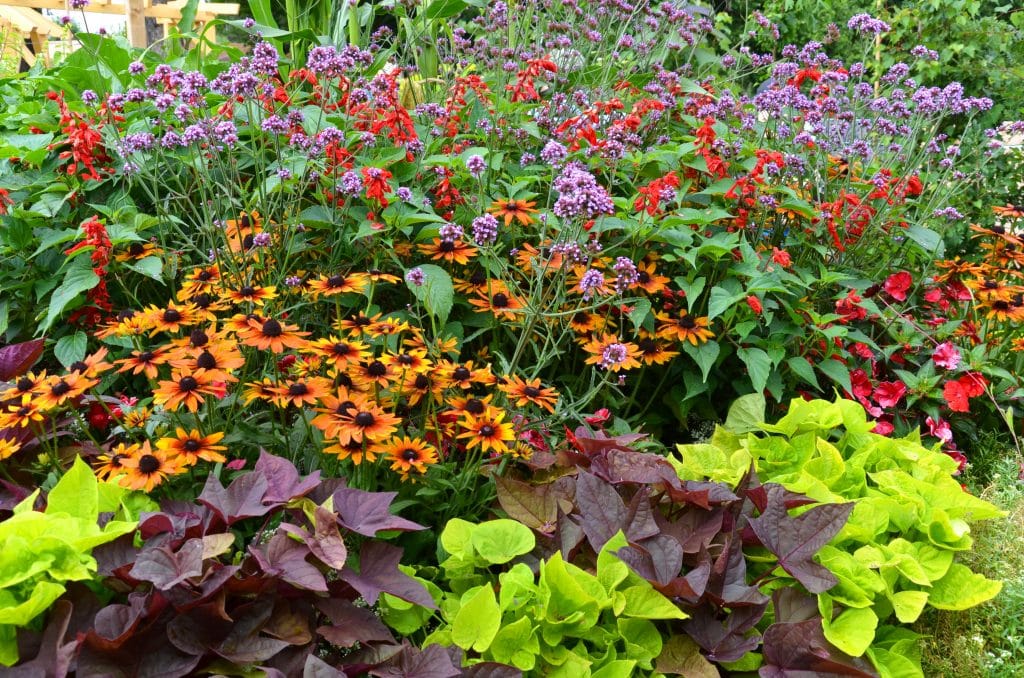 Plant in layers to provide more cover and feeding for wild critters. Build a bat house, or plant host plants for butterflies, to attract these fluttery Florida friends to your yard.
Plant in layers to provide more cover and feeding for wild critters. Build a bat house, or plant host plants for butterflies, to attract these fluttery Florida friends to your yard.
Tip: Birds and butterflies love these Florida favorites: milkweed; Walter’s viburnum; Passion flower; American beautyberry; coneflower.
A Central Florida landscape designer can steer you to even more Florida-friendly landscaping plants that will attract your fluttery friends, thrive in your yard, and suit your exact landscaping needs.
6. Manage Yard Pests Responsibly
Integrated Pest Management is a strategy that helps gardeners manage pests with as few chemicals as possible. To prevent disease and insect outbreaks, select pest-resistant plants and put them in suitable locations. When problems do arise, remove the affected leaves or plant parts, or pick the insects off by hand.
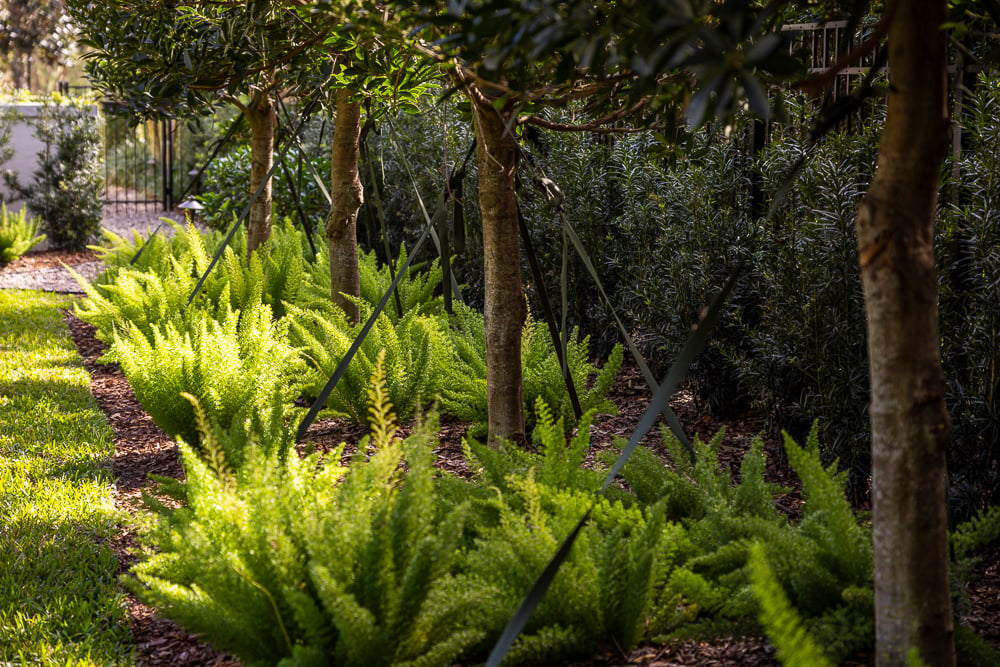 Tip: When battling bugs in your Florida-friendly landscape design, spot-treat only rather than blanket spraying, and use selective rather than broad-spectrum insecticides. Always read and follow insecticide label instructions.
Tip: When battling bugs in your Florida-friendly landscape design, spot-treat only rather than blanket spraying, and use selective rather than broad-spectrum insecticides. Always read and follow insecticide label instructions.
7. Recycle Yard Waste
Mowing, pruning, and raking keep your landscape healthy, but it also generates yard waste. Keep as much of this material onsite as possible to conserve nutrients and reduce the amount of energy needed to move it from place to place.
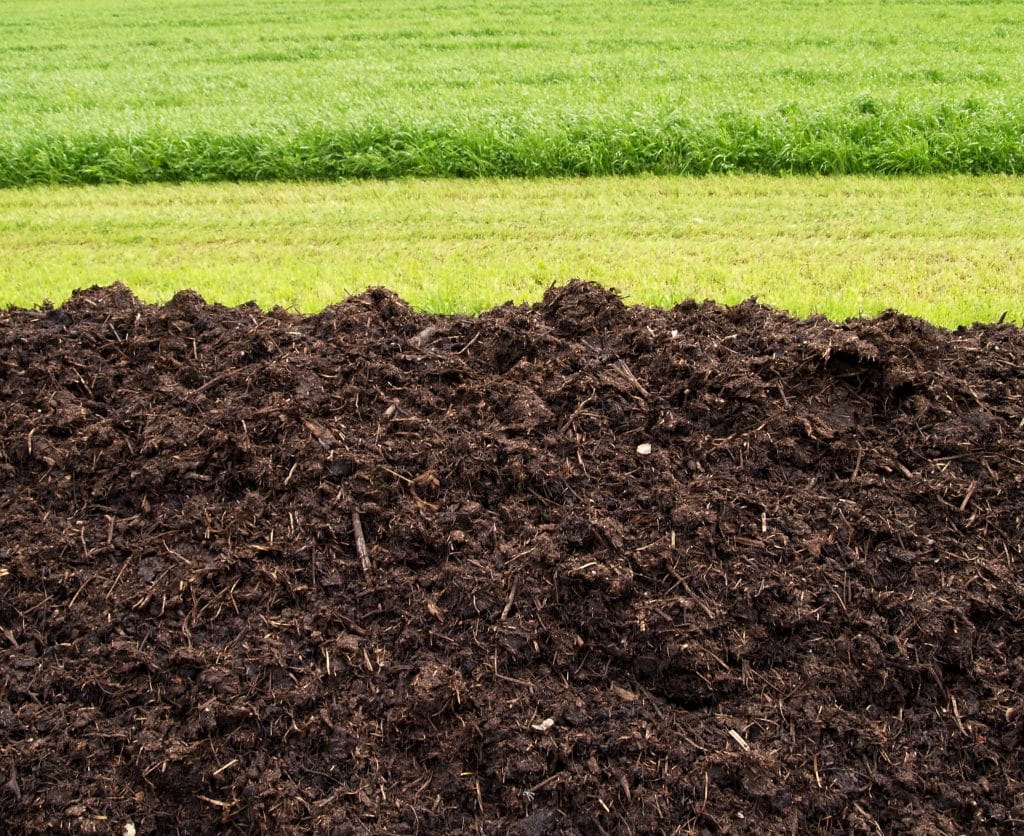 Tip: Compost your yard waste for free organic fertilizer — a great Florida-friendly landscaping tip. Decomposing organic matter releases nutrients back to the soil in a form that plants can easily use.
Tip: Compost your yard waste for free organic fertilizer — a great Florida-friendly landscaping tip. Decomposing organic matter releases nutrients back to the soil in a form that plants can easily use.
8. Reduce Stormwater Runoff
Fertilizers, pesticides, debris, and eroded soil carried in stormwater are all damaging to our water quality.
Consider stormwater control features for your Florida-friendly landscaping that look beautiful and work hard. Create shallow rain gardens or slopes, berms, and swales to help slow runoff from heavy rains and allow the water time to soak into the ground.
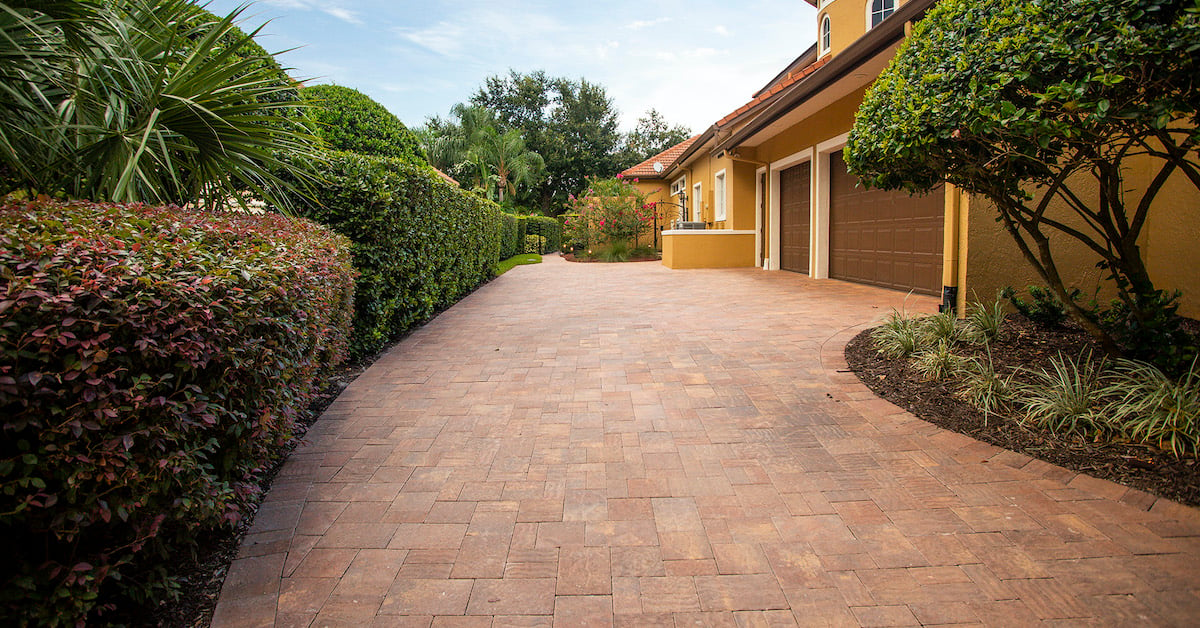 Wherever possible, install permeable walkways, driveways, and patios to allow rain to soak into the ground.
Wherever possible, install permeable walkways, driveways, and patios to allow rain to soak into the ground.
Tip: Ask your landscape designer to suggest ways to control water runoff on your property, from features like rain gardens to permeable pavers for your hardscape projects.
9. Protect the Waterfront
We’re lucky here in Florida, with over 10,000 miles of rivers and streams, about 7,800 lakes, more than 1,000 freshwater springs, and the second-longest coastline in the U.S.
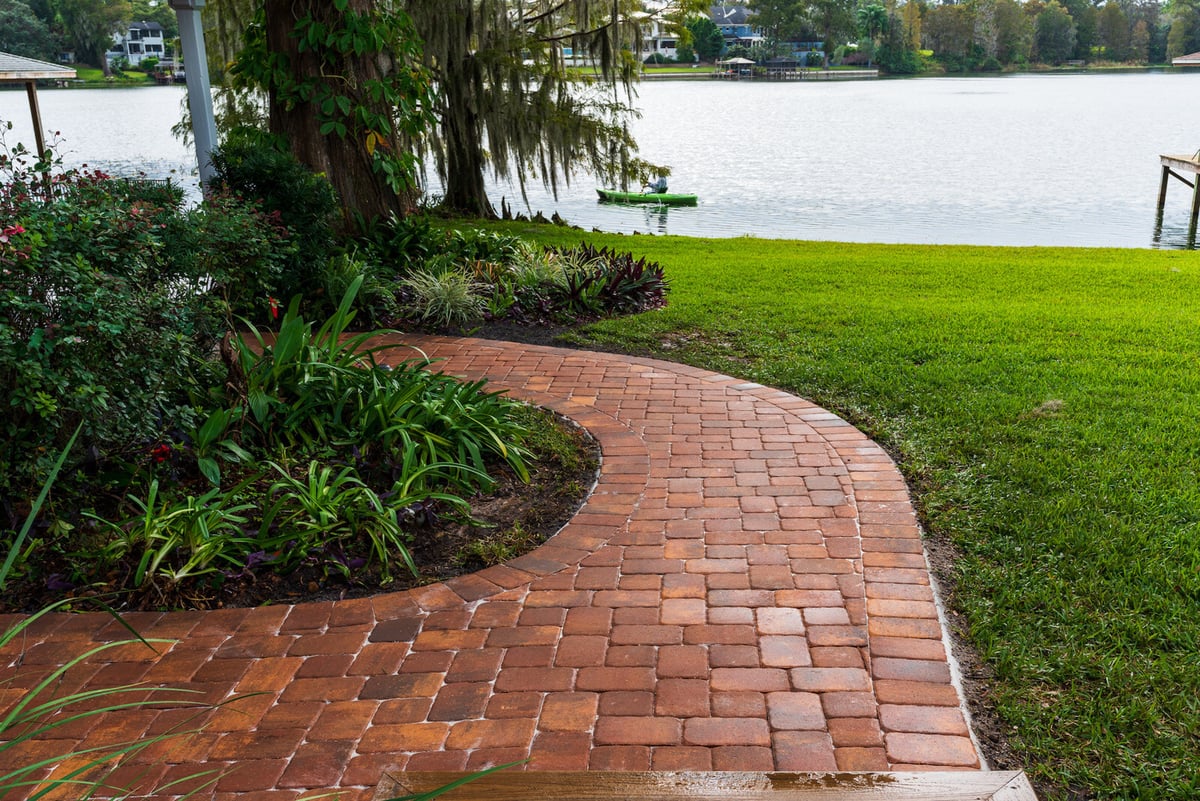 Tip: How can you help? If your property is near water, maintain a waterside 10-foot “low-maintenance zone.” Don’t mow, fertilize, or use pesticides in this zone.
Tip: How can you help? If your property is near water, maintain a waterside 10-foot “low-maintenance zone.” Don’t mow, fertilize, or use pesticides in this zone.
Why Should You Care About Florida-Friendly Landscape Design?
- It saves you time and money. Choosing plants that naturally thrive and maintain themselves in Florida means you don't need to spend the time or the money on maintaining them. Nature does it for you.
- You avoid using pesticides or fertilizers that could harm you, your family, your pets, or the environment.
- You use less water, saving money and conserving our freshwater resources.
- Some Florida municipalities offer credits for homeowners who choose Florida-friendly landscape design. Check with your city about green initiative perks.
How to Get Started on Florida-Friendly Landscaping? Trust Ground Source
The pros at Ground Source can help with all your Florida-friendly landscape design needs.
Designers can suggest the right plants for your landscaping, including varieties to bring birds and butterflies fluttering to your yard.
Irrigation technicians can keep your sprinkler system running safely and efficiently.
Need stormwater control features? Fresh, sustainable mulch?
When it comes to Florida-friendly landscape design in Central Florida, we’ve got you covered.
We’re landscape design experts, but our skills don’t stop there. We’re with you every step of the way as you plan your perfect outdoor space.
Sod, irrigation, landscape design: Let us transform your yard from an embarrassing eyesore to a place you can’t wait to come home to.
Are you ready to enjoy the vibrant, impressive yard you've always wanted? Request a quote today! We’ll help you review your options and then transform your property.




